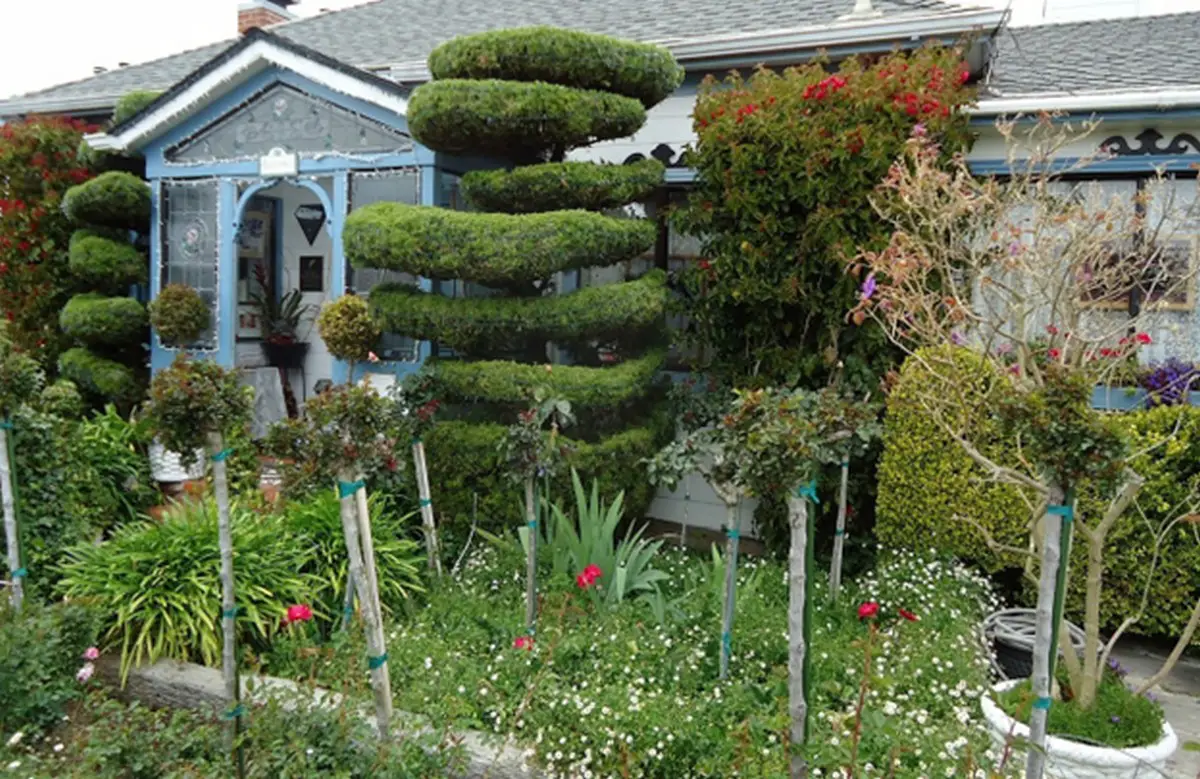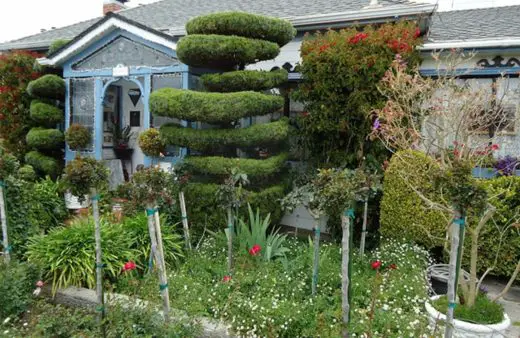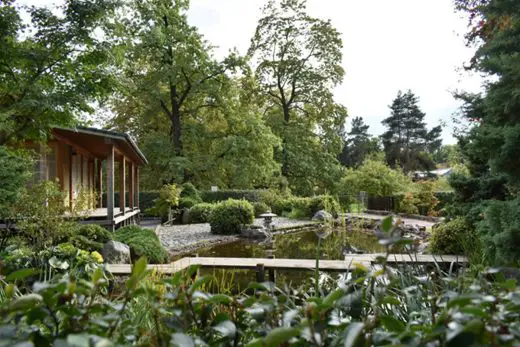Building a green house: 6 eco-friendly tips to follow, House gardening structure
Building a Green House: 6 Eco-Friendly Tips to Follow
12 June 2024
Building a greenhouse is an excellent way to contribute to environmental sustainability while also creating a healthy living space for you and your family. With increasing awareness of climate change and the need for eco-friendly living practices, many homeowners are seeking ways to minimize their environmental footprint. In this blog, we will explore six essential tips to help you build an eco-friendly house. From selecting sustainable materials to incorporating renewable energy sources, these tips will guide you in creating a home that is both energy-efficient and environmentally responsible. Let’s dive into the journey of building a greener future!
Choose Sustainable Building Materials
Selecting sustainable building materials is a fundamental step in constructing an eco-friendly greenhouse. Opt for materials that are renewable, recycled, or have a low environmental impact throughout their lifecycle. For instance, bamboo and reclaimed wood are excellent choices for structural elements due to their durability and minimal ecological footprint. When creating your own Eco Zone for plants, choose materials such as recycled glass or plastic for pots and containers. Additionally, consider using natural insulation options like cellulose or sheep wool instead of traditional materials like fiberglass which can be harmful to your health and the environment.
Optimize Energy Efficiency
Optimizing energy efficiency is crucial in ensuring that your greenhouse remains sustainable and cost-effective in the long term. Start by designing the architecture to maximize natural light, reducing the need for artificial lighting. This can be achieved by strategically placing windows and skylights to allow ample sunlight to enter the space. Additionally, install energy-efficient windows with high thermal performance to minimize heat loss during colder months and reduce the need for energy-consuming heating systems.
Incorporating renewable energy sources such as solar panels or wind turbines can further enhance your greenhouse’s energy efficiency. These systems can provide a significant portion of the energy required to power your greenhouse, reducing reliance on non-renewable energy sources. Installing energy-efficient appliances and lighting fixtures, such as LED bulbs, can also contribute to reducing overall energy consumption.
Install Renewable Energy Systems
Integrating renewable energy systems into your greenhouse is a significant step toward achieving eco-friendly living. Solar panels are one of the most popular renewable energy options and can be installed on the roof of your greenhouse to harness sunlight and convert it into electricity. This energy can power various systems within your house, such as lighting, heating, and cooling. Solar water heaters can also be used to provide a sustainable supply of hot water for your household needs.
Wind turbines are another excellent option for generating renewable energy. While they require adequate wind speeds to operate efficiently, small-scale turbines can be a feasible addition to your greenhouse, especially in areas with consistent wind patterns. These turbines can generate electricity to supplement the power obtained from solar panels.
Utilize Water Conservation Techniques
Water conservation is a critical aspect of building an eco-friendly greenhouse. Implementing rainwater harvesting systems can significantly reduce your dependence on municipal water supplies. By installing gutters and downspouts that direct rainwater to storage tanks, you can collect and use this water for irrigation, reducing your overall water consumption. Additionally, consider incorporating a greywater recycling system that captures and treats water from sinks, showers, and washing machines for reuse in landscaping or toilet flushing.
Another effective technique is to use drip irrigation systems instead of traditional sprinklers. Drip irrigation delivers water directly to the base of plants, minimizing evaporation and runoff, and ensuring that water goes where it is needed most. Mulching your garden beds can also help retain soil moisture, reducing the need for frequent watering.
Enhance Indoor Air Quality
Enhancing indoor air quality is essential for creating a healthy living environment within your greenhouse. Start by incorporating plenty of indoor plants known for their air-purifying properties, such as spider plants, aloe vera, and snake plants. These plants can help filter out pollutants and improve oxygen levels, creating a fresher atmosphere.
Another effective strategy is to ensure proper ventilation throughout the greenhouse. This can be achieved by installing energy-efficient ventilation systems, such as heat recovery ventilators (HRVs) or energy recovery ventilators (ERVs), which facilitate continuous airflow and reduce indoor air pollution. Using non-toxic, low-VOC (volatile organic compound) paints, finishes, and cleaning products can also contribute to better indoor air quality by minimizing the release of harmful chemicals.
Create a Green Landscape
Creating a green landscape around your greenhouse is an excellent way to enhance its eco-friendliness and contribute to the local ecosystem. Start by choosing native plants that are well-suited to your climate and soil conditions, as they require less water, fertilizer, and maintenance compared to non-native species. Native plants also provide essential habitats and food sources for local wildlife, promoting biodiversity.
Incorporate edible gardens and permaculture principles to make your landscape both beautiful and productive. Planting fruit trees, vegetable gardens, and herb beds can provide fresh, organic produce for your household while reducing the carbon footprint associated with transporting food from distant sources. Utilizing companion planting techniques can naturally deter pests and improve soil health, reducing the need for chemical pesticides and fertilizers.
Building an eco-friendly greenhouse requires a holistic approach that considers all aspects of sustainable living. By following these six essential tips, you can create a greenhouse that not only minimizes its environmental impact but also provides a healthy, comfortable living space for you and your family. Let’s work towards creating a greener future, one sustainable home at a time! So keep these tips in mind when building your greenhouse and remember to always prioritize sustainability for the benefit of our planet and future generations.
Comments on this guide to Building a Green House: 6 Eco-Friendly Tips to Follow article are welcome.
Gardens Articles
Gardens Posts
5 Reasons To Consider A Greenhouse in Your Garden
5 benefits of owning a garden room
Garden Rooms: Property Expert Guide
Home Articles
Residential Architecture
Comments / photos for the Building a Green House: 6 Eco-Friendly Tips to Follow page welcome.







